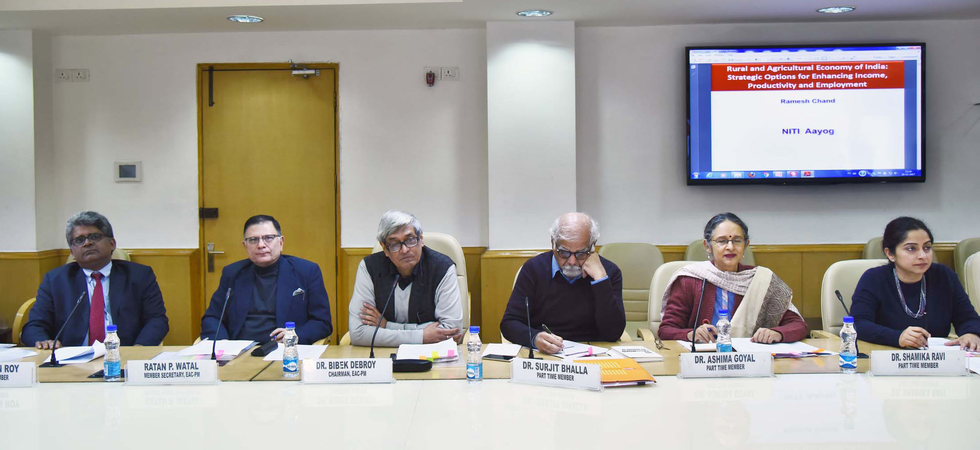
About the Economic Advisory Council to the Prime Minister (EAC-PM):
- It is an independent body constituted to give advice on economic and related issues to the Government of India, specifically to the Prime Minister.
- The Terms of Reference of EAC-PM include:
- Analysing any issue, economic or otherwise, referred to it by the Prime Minister and advising him thereon.
- Addressing issues of macroeconomic importance and presenting views thereon to the Prime Minister. These could be either suo-motu or on reference from the Prime Minister or anyone else.
- Attending to any other task as may be desired by the Prime Minister from time to time.
- The role of EAC-PM is advisory in nature and not binding on the Government.
- In addition to its advisory role, the EAC-PM also plays an important role in fostering greater economic understanding and awareness among the public. The council regularly interacts with stakeholders and the public and communicates its findings and recommendations through reports, presentations, and public events.
- Composition:
- EAC-PM is headed by a chairperson and consists of eminent economists as members.
- It is supported in its functions by a team of officials and administrators.
- There is no fixed definition of the exact number of members and staff of the EAC-PM.
- It is common for the Council to be reconstituted time and again with different organizational structures headed by various economists who are of recognized international eminence.
- For administrative, logistic, planning, and budgeting purposes, the NITI Aayog serves as the nodal agency for the EAC-PM.
2. Empowered Committee for Animal Health (ECAH)
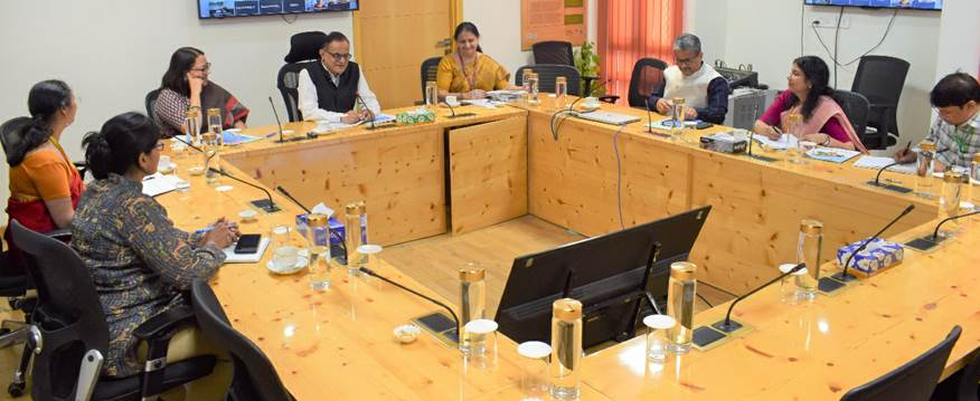
About Empowered Committee for Animal Health (ECAH):
- Established in 2021, ECAH serves as the Department of Animal Husbandry and Dairying’s (DAHD’s) think tank, providing evidence-based insights and policy recommendations on national health programs, emerging disease threats, One Health initiatives, and regulatory frameworks for veterinary vaccines, drugs, and biologicals.
- It brings together various animal health experts to collaborate on achieving the completion of its goals.
- It was setup under the aegis of the Office of Principal Scientific Adviser (PSA) to the Government of India.
- It is chaired by the Principal Scientific Adviser (PSA), Government of India, and vice-chaired by the Secretary, Department of Animal Husbandry and Dairying (DAHD), Ministry of Animal Husbandry, Dairying, and Fisheries.
- The members represented on the committee include experts from the Central Drug Standard Control Organization (CDSCO), the Department of Biotechnology (DBT), the Indian Council of Agricultural Research (ICAR), the Indian Council of Medical Research (ICMR), the Indian Veterinary Research Institute (IVRI), the Veterinary Council of India (VCI), and prominent academics from notable veterinary institutes and industry.
- ECAH is focused on creating resilient, farmer-centric animal health systems in India and bringing forth changes to ensure the long-term success of India’s livestock sector by
- Acting as a think tank to provide inputs on animal health programmes of national importance.
- Streamlining and improving the process of regulatory approval to protect public, animal health, and the environment by examining the safety, efficacy, and quality of veterinary products.
- Overseeing and supporting programmes/initiatives to drive uptake of innovative practices in the Indian animal health sector.
- Assessing the threat of and offering guidance on emerging animal diseases that have epidemic/pandemic potential.
3. Asset Recovery Interagency Network–Asia Pacific (ARIN-AP)
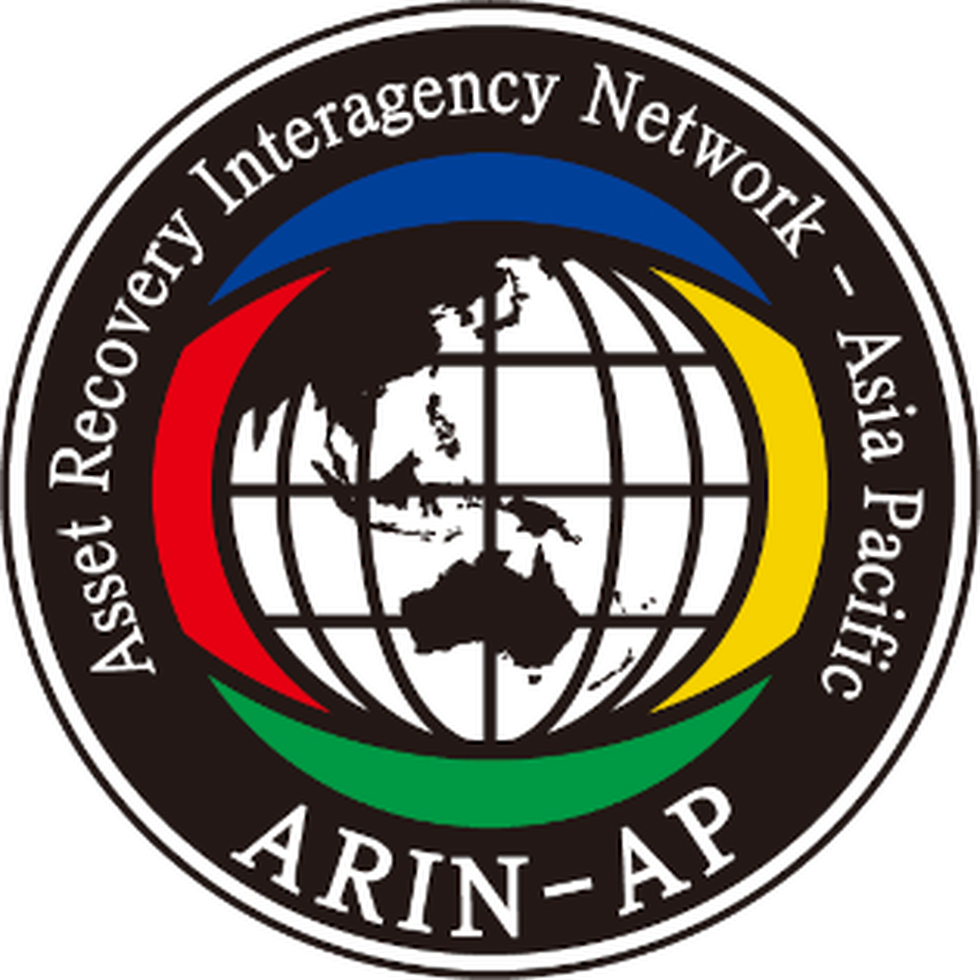
About Asset Recovery Interagency Network–Asia Pacific (ARIN-AP):
- It is a prominent multi-agency network dedicated to tackling crime proceeds across the Asia-Pacific region.
- It was established to facilitate cross-border collaboration on asset tracing, freezing, and confiscation.
- The aim of ARIN-AP is to increase the effectiveness of members’ efforts in depriving criminals of their illicit profits on a multi-agency basis by establishing itself as the center of professionals’ network in tackling the proceeds of crime.
- The network includes 28 member jurisdictions and nine observers, serving as an informal yet robust framework within the CARIN, or Camden Asset Recovery Inter-Agency Network.
- ARIN-AP operates through a network of contact points, enabling effective communication and intelligence exchange among member agencies, and of more than 100 jurisdictions in the CARIN Network.
- The Directorate of Enforcement (ED) is the nodal agency for India in this network.
- The law enforcement agencies across ARIN-AP and CARIN jurisdictions benefit from this network, as it aids in tracing assets related to criminal activities, both movable and immovable, across frontiers.
- Through ARIN-AP and the larger CARIN Network, agencies can exchange information on individuals, assets, and companies informally, often expediting the identification and recovery of proceeds of crime.
4. What is Arsenic?
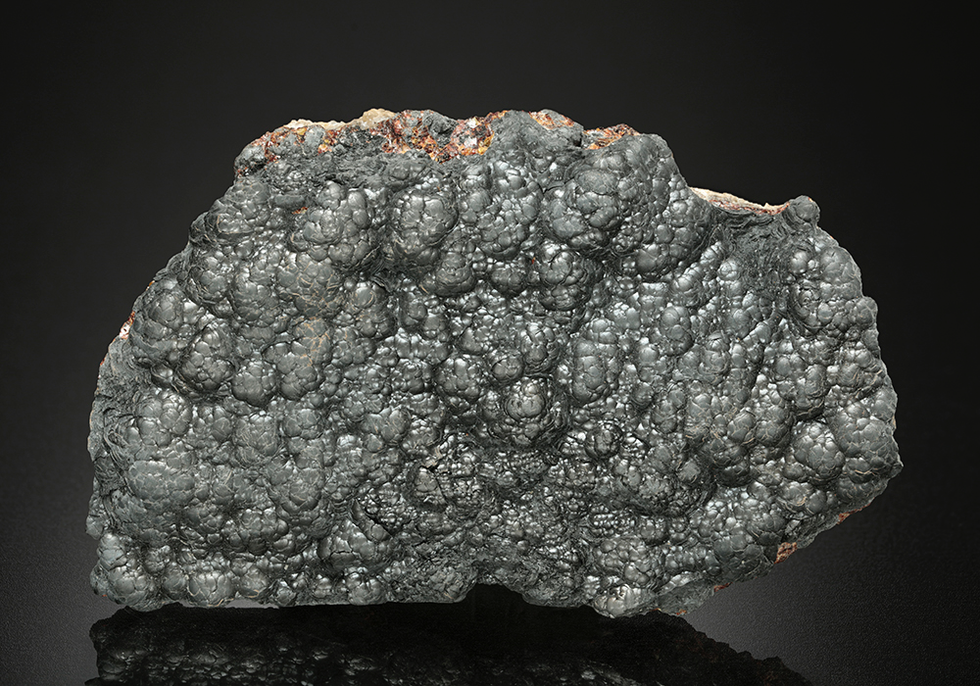
Why in News?
- The study assumes special significance for India following the fact that arsenic has been found in certain pockets of 152 districts in 21 states.
- Assam, Bihar, Gujarat, Haryana, Madhya Pradesh, Punjab, Tamil Nadu, Uttar Pradesh and West Bengal are some of the states where arsenic levels (above 0.01 mg/l) have been found in the maximum number of districts.
About Arsenic:
- Arsenic is a naturally occurring substance that can be found in air, water, and soil.
- It can also be released into the environment by certain agricultural and industrial processes, such as mining and metal smelting.
- It is a chemical element in the nitrogen group (Group 15 of the periodic table), existing in both gray and yellow crystalline forms.
- Arsenic comes in two forms (organic and inorganic). It is highly toxic in its inorganic form.
- People in the general population may be exposed to arsenic through drinking contaminated water, using contaminated water in food preparation and irrigation of food crops, industrial processes, eating contaminated food, and smoking tobacco.
- Arsenic poisoning:
- It can occur when you take in high levels of arsenic.
- Drinking contaminated water causes most cases.
- Symptoms of immediate arsenic poisoning include nausea, vomiting, and diarrhea.
- Long-term exposure can cause skin changes such as darkening and lesions.
- Treatment may include the use of a chelating agent or bowel irrigation.
- Applications:
- Arsenic is a well-known poison. Arsenic compounds are sometimes used as rat poisons and insecticides, but their use is strictly controlled.
- Arsenic is used as a doping agent in semiconductors (gallium arsenide) for solid-state devices.
- It is also used in bronzing, pyrotechnics, and for hardening shot.
- Arsenic compounds can be used to make special glass and preserve wood.
5. What is Hwasong-19?
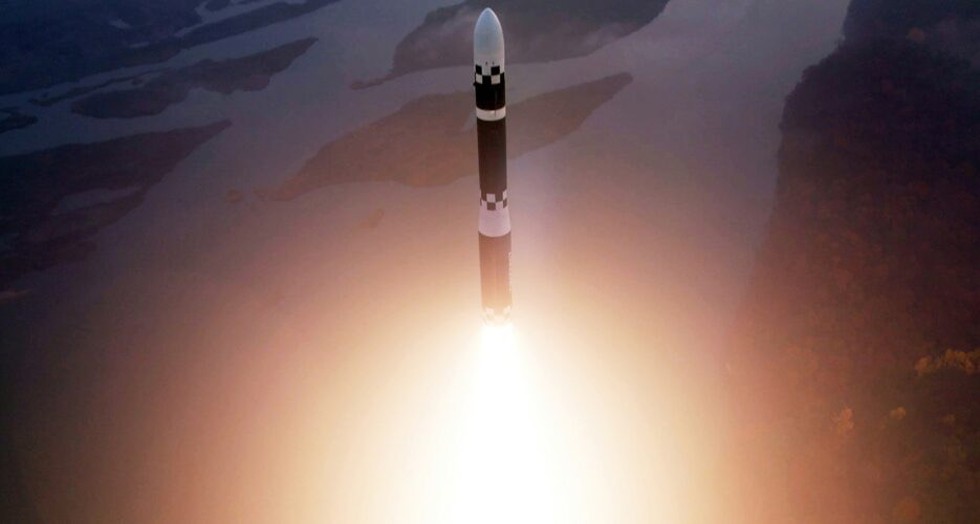
About Hwasong-19:
- It is a North Korean intercontinental ballistic missile (ICBM).
- As the latest addition to the Hwasong series, the Hwasong-19 incorporates solid-fuel propulsion, which allows it to be deployed more rapidly than liquid-fueled missiles, making it harder to detect and intercept.
- It is estimated to be at least 28 meters long (92 feet), while advanced U.S. and Russian ICBMs are less than 20 meters long (66 feet).
- Analysts estimate that if launched on a standard trajectory, the Hwasong-19 could cover distances exceeding 13,000 kilometers, enough to target the U.S. mainland.
What is an intercontinental ballistic missile (ICBM)?
- An ICBM is a long-range missile that is designed to deliver nuclear warheads, although it could also deliver other payloads.
- According to the Federation of American Scientists, ICBMs have a minimum range of 5,500 kilometres (3,400 miles), with maximum ranges varying from 7,000 to 16,000 kilometres.
- ICBMs are much faster and have a greater range than other types of ballistic missiles.
- Designed primarily for strategic purposes, ICBMs are usually launched from land or submarines and travel through space before re-entering the Earth’s atmosphere to reach distant targets.
- Agni-V is an Indian ICBM with a range of over 5,000 km.
6. Exercise GARUD SHAKTI 2024
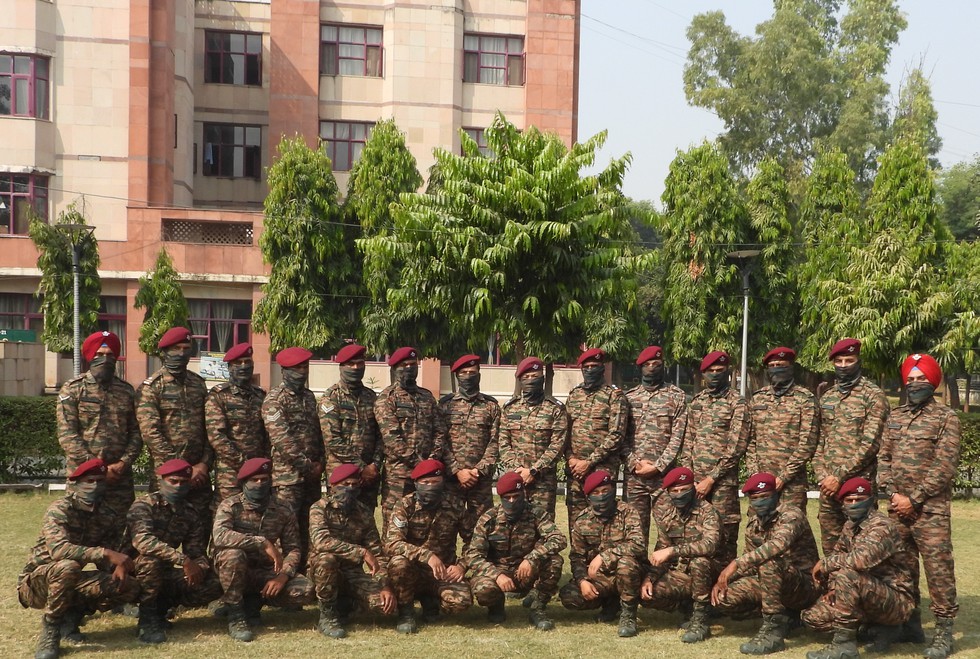
About Exercise GARUD SHAKTI 2024:
- It is the 9th edition of the India-Indonesia Joint Special Forces exercise.
- The Indian contingent is being represented by troops from the Parachute Regiment (Special Forces).
- The Exercise aims to acquaint both sides with each other’s operating procedures and enhance mutual understanding, cooperation and interoperability between the Special Forces of both armies.
- It is designed to develop bilateral military cooperation and strengthen bonds between two armies through the conduct of discussions and rehearsal of tactical military drills.
- It will involve planning and execution of special operations, orientation to advance special forces skills, and sharing of information on weapons, equipment, innovations, tactics, techniques & procedures.
- It will also involve jointly practising Special Forces Operations in Jungle terrain, strikes on terrorist camps and a Validation Exercise integrating basic and advanced special forces skills apart from gaining an insight into the lifestyle and culture of both countries to foster military cooperation.
- Significance: It will provide an opportunity for both the contingents to strengthen their bond and share best practices. It will also act as a platform to achieve shared security objectives and foster bilateral relations between two friendly nations.
7. What is LiDAR?
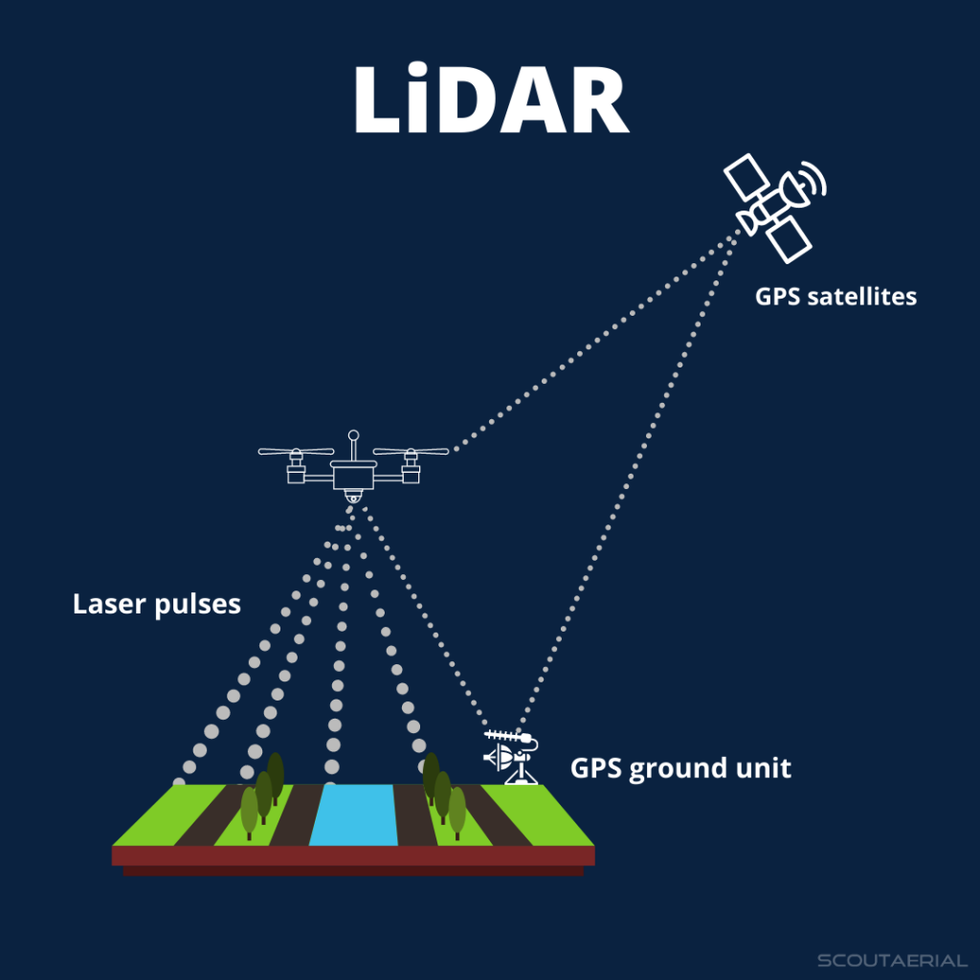
About LiDAR:
- Light Detection and Ranging (LiDAR) is a remote sensing technology that uses light in the form of a pulsed laser to measure ranges (or variable distances) of a sensor, usually mounted aboard an aircraft, to Earth’s surface.
- LiDAR data can be used to create high-resolution 3-D models of ground elevation with a vertical accuracy of up to 10 cm.
- Working
- LiDAR instrumentation comprises a laser, a scanner, and a GPS receiver.
- The rapidly firing laser travels to the ground where it hits vegetation, buildings, and various topographic features. This light is reflected or scattered, and recorded by the LiDAR sensor.
- The system calculates the light pulses’ two-way travel time to arrive at the distance between the terrain and the sensor.
- It processes this information with Global Positioning System (GPS) and Inertial Measurement System (IMS) data, to create an elevation map of Earth.
- LiDAR data is initially collected as a “point cloud” of all individual points reflected from everything on the surface, including structures and vegetation.
- The specific of how much light energy was returned to the sensor allows further identification of different features, such as vegetation, buildings, etc. For example, tree canopies, however dense they may be, allow some light to pass through and hit the ground.
- Its data can be further refined to produce what scientists call a “bare earth” Digital Elevation Model, in which structures and vegetation are stripped away.
- Applications
- It is used to generate precise, three-dimensional information about the shape of the Earth and its surface characteristics.
- This is obviously very useful information for geographers, policymakers, conservationists, and engineers.
It has also shown potential as a tool of archaeological discovery.
8. Analogue Space Mission

About Analogue Space Mission:
- The Analogue space missions are simulated missions conducted on Earth that mimic the conditions and challenges of actual space exploration.
- These missions are crucial for testing technologies, studying human behaviour, and preparing for future long-duration space flights.
- Aim: It aims to replicate the living conditions astronauts would face on missions to destinations like the Moon, Mars, or asteroids.
- Objective: To replicate conditions of living in an interplanetary habitat, tackling the potential obstacles that astronauts may face on future deep-space missions.
- They provide a controlled environment to study the physical and psychological effects of isolation and confinement, which are critical for understanding how humans will cope with extended space travel.
- It will attempt to simulate life in an interplanetary habitat to tackle the challenges of a base station beyond Earth.
- India’s mission is a joint effort which involves the Human Spaceflight Centre of ISRO, AAKA Space Studio, the University of Ladakh, and IIT Bombay and is backed by the Ladakh Autonomous Hill Development Council.
- Throughout the mission, participants will conduct activities to simulate life on another planet, such as habitat design testing, resource management research, and psychological studies on isolation's impact on crew members.
- Significance
- It serves as a platform for testing new technologies and operational concepts. They help in evaluating systems related to habitat design, life support, in-situ resource utilisation (ISRU), and crew health monitoring.
- It aligns with India’s larger goal of advancing its human spaceflight and interplanetary exploration capabilities, including the Gaganyaan project, which seeks to send Indian astronauts into space.
- Examples of Analogue Missions
- NASA's NEEMO: Conducted underwater to simulate microgravity conditions, allowing crews to perform tasks similar to those expected in space.
- SIRIUS Program (UAE): It focuses on understanding the psychological impacts of isolation during long-duration missions. It includes international collaborations to conduct various scientific experiments.
- Arctic Mars analogue Svalbard Expedition (AMASE): Uses the Svalbard archipelago's extreme environments to test equipment and procedures relevant to Mars exploration.
9. Namo Drone Didi Scheme
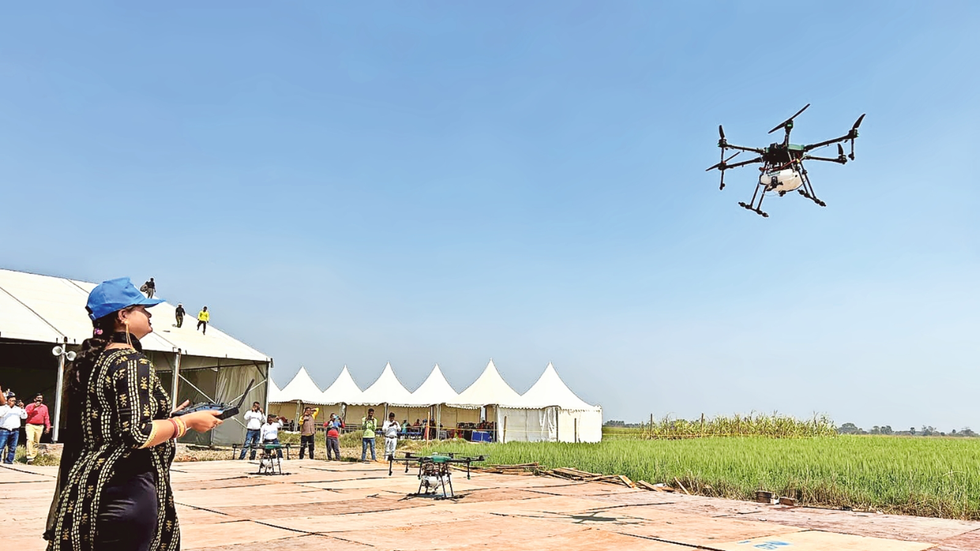
About Namo Drone Didi Scheme:
- The scheme aims to provide drones to 14500 selected Women SHGs during the period from 2024-25 to 2025-2026 for providing rental services to farmers for agriculture purposes (application of liquid fertilizers and pesticides for the present).
- Components of the operational guidelines are
- The Scheme will be governed at the Central level by the Empowered Committee of the Secretaries of the Department of Agriculture & Farmers’ Welfare, Department of Rural Development, Department of Fertilizers, Ministry of Civil Aviation and Ministry of Women and Child Development.
- The Implementation and Monitoring Committee headed by the Additional Secretary, Department of Rural Development and having representation from all other stakeholders will be responsible for effective planning, implementation and monitoring of the scheme.
- Financial Assistance: Central Financial Assistance @ 80% of the cost of drone and accessories/ancillary charges up to a maximum of ₹ 8.0 lakhs will be provided to the women SHGs for the purchase of drones as a package.
- The Cluster Level Federations (CLFs) of SHGs/SHGs may raise the balance amount (total cost of procurement minus subsidy) as a loan under the National Agriculture Infra Financing Facility (AIF).
- Interest subvention @ 3% on the AIF loan will be provided to the CLFs/SHGs.
- The CLFs/SHGs shall also have the option to access loans from other sources/programmes/schemes of the Ministry of Rural Development.
- One of the members of the women SHGs will be selected for 15-day training comprising mandatory drone pilot training and additional training for agriculture purposes for nutrient and pesticide application.
- The Lead Fertilizer Companies (LFCs) responsible for the States will be the implementing agencies of the scheme at the State level.
- The drones will be procured by the LFCs through a fair and transparent process and the ownership of drones will be placed with the CLF of SHGs or SHGs.
- The State Departments of Agriculture & State Mission Directors of DAY-NRLM will have a very strong convergence and they will take ownership of the scheme for its successful implementation at the ground level with the help of the State Level Committee.
- The scheme will be monitored through an IT-based Management Information System (MIS) i.e. Drone Portal which will act as end-to-end software for service delivery and monitoring, funds flow and disbursement of funds.
- Significance: It is envisaged that the initiatives under the scheme will provide sustainable business and livelihood support to SHGs and they would be able to earn additional income for them.
10. PARAKH Rashtriya Sarvekshan 2024
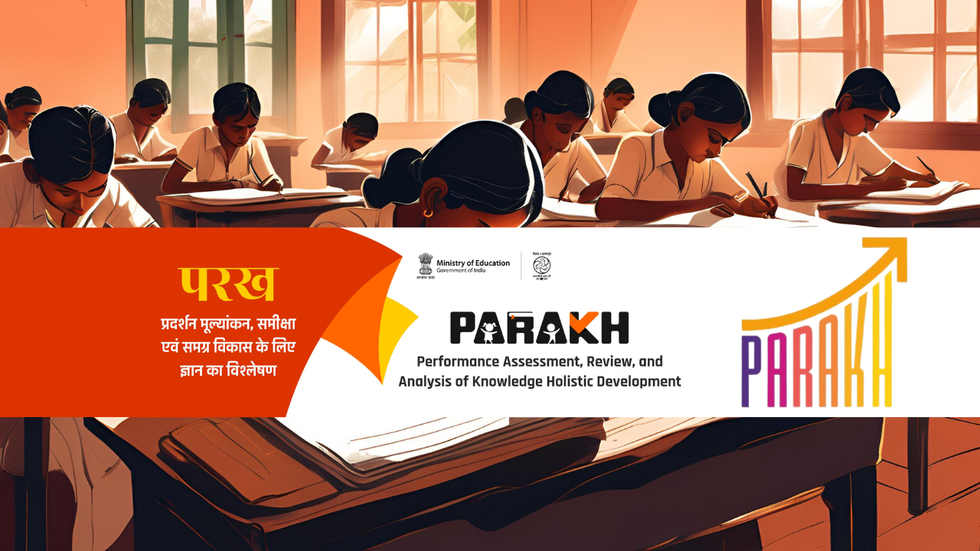
About PARAKH Rashtriya Sarvekshan 2024:
- The introduction of PARAKH aims to create a broader understanding of the educational landscape in India.
- A sample of school students from government, government-aided and private schools from each district in the country take the assessment, which is in the form of multiple-choice questions across different subjects.
- It will cover students from Grades 3, 6, and 9 across key subjects like Language, Mathematics, Science, Social Science, and "The World Around Us."
- It will evaluate the overall effectiveness of schools across multiple districts. By using a combination of paper-based assessments and Optical Mark Recognition (OMR) technology, PARAKH introduces a more streamlined method of data collection and analysis.
- It collects performance data along with contextual data (school, teacher, and pupil questionnaires).
- It will evaluate entire schools as entities, providing a system-level assessment of education across districts. This change aligns more closely with international surveys such as the Programme for International Student Assessment (PISA)
- Its approach is system-level, focusing on foundational, preparatory, and middle stages of education as outlined in the National Education Policy (NEP) 2020.
- It provides report cards at the national level, the state level and the district level.
- It is managed by the National Assessment Center, PARAKH (Performance Assessment, Review, and Analysis of Knowledge for Holistic Development), which is located within the National Council of Educational Research and Training (NCERT) and under supervision of the Ministry of Education (MoE).


























































































































































.png)
.png)
.png)
.png)
.png)


.png)
.png)
.png)





.png)
.png)






.png)
.png)
.png)
.png)
.png)
.png)
.png)
.png)
.png)

.png)







.png)
.png)


.png)
.png)
.png)


.png)

.png)
.png)





.jpg)

.png)
.png)


.png)

.png)
.png)
.png)

.jpg)

.jpg)


.png)

.png)
.png)
.png)
.png)
.png)
.png)
.png)
.png)
.png)
.png)




.png)

.png)





.png)
.png)
.png)
.png)
.png)
.png)
.png)
.png)
.png)
.png)
.jpg)
.jpg)

.png)
.png)
.png)
.png)
.png)
.png)
.png)
.png)
.png)
.png)
.png)
.png)
.png)
.png)
.png)
.png)
.png)
.png)
.png)
.png)
.png)
.png)



.png)
.png)

.jpg)
.jpg)


.jpg)
.jpg)
.jpg)
.jpg)
.jpg)

.jpg)








.jpg)
.jpg)
.jpg)
.jpg)
.jpg)

















.jpg)
.jpg)







.jpg)


















.jpg)
.jpg)






























































































.jpg)
.jpg)


























.jpg)

.jpg)










.jpg)








.jpg)




.jpg)










.jpg)


















.jpg)












































.jpg)














.jpg)
.jpg)
.jpg)





.jpg)

.jpg)
.jpg)





































































.jpg)


































.jpg)
.jpg)
















































.jpg)












.jpg)


.jpg)




.jpg)
.jpg)
.jpg)

.jpg)
.jpg)
.jpg)
.jpg)

.jpg)
.jpg)
.jpg)

.jpg)
.jpg)
.jpg)
.jpg)
.jpg)
.jpg)
.jpg)
.jpg)

.jpg)


.jpg)
.jpg)
.jpg)
.jpg)
.jpg)
.jpg)
.jpg)
.jpg)
.jpg)
.jpg)











.jpg)
.jpg)





.jpg)
.jpg)
.jpg)
























.jpg)
























.jpg)









.jpg)
.jpg)







.jpg)
.jpg)









































.jpg)
.jpg)
.jpg)
.jpg)
.jpg)

.jpg)
.jpg)
.jpg)
.jpg)
.jpg)


.jpg)
.jpg)
.jpg)
.jpg)
.jpg)

.jpg)
.jpg)
.jpg)
.jpg)
.jpg)
.jpg)
.jpg)
.jpg)
.jpg)
.jpg)
.png)

.png)
.png)

.png)
.png)
.png)
.png)


.jpg)
.jpg)

.jpg)
.jpg)
.jpg)

.png)
.png)
.png)
.png)
.png)
.png)
.png)

.png)
.png)
.png)
.png)
.png)
.png)
.png)
.png)
.png)
.png)





































































-min.png)



.png)




.png)








































